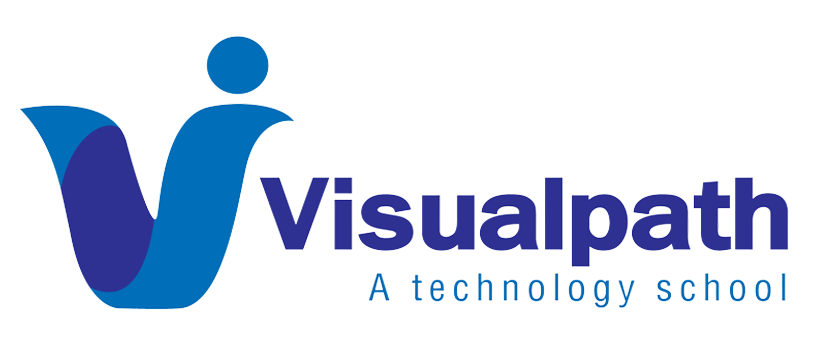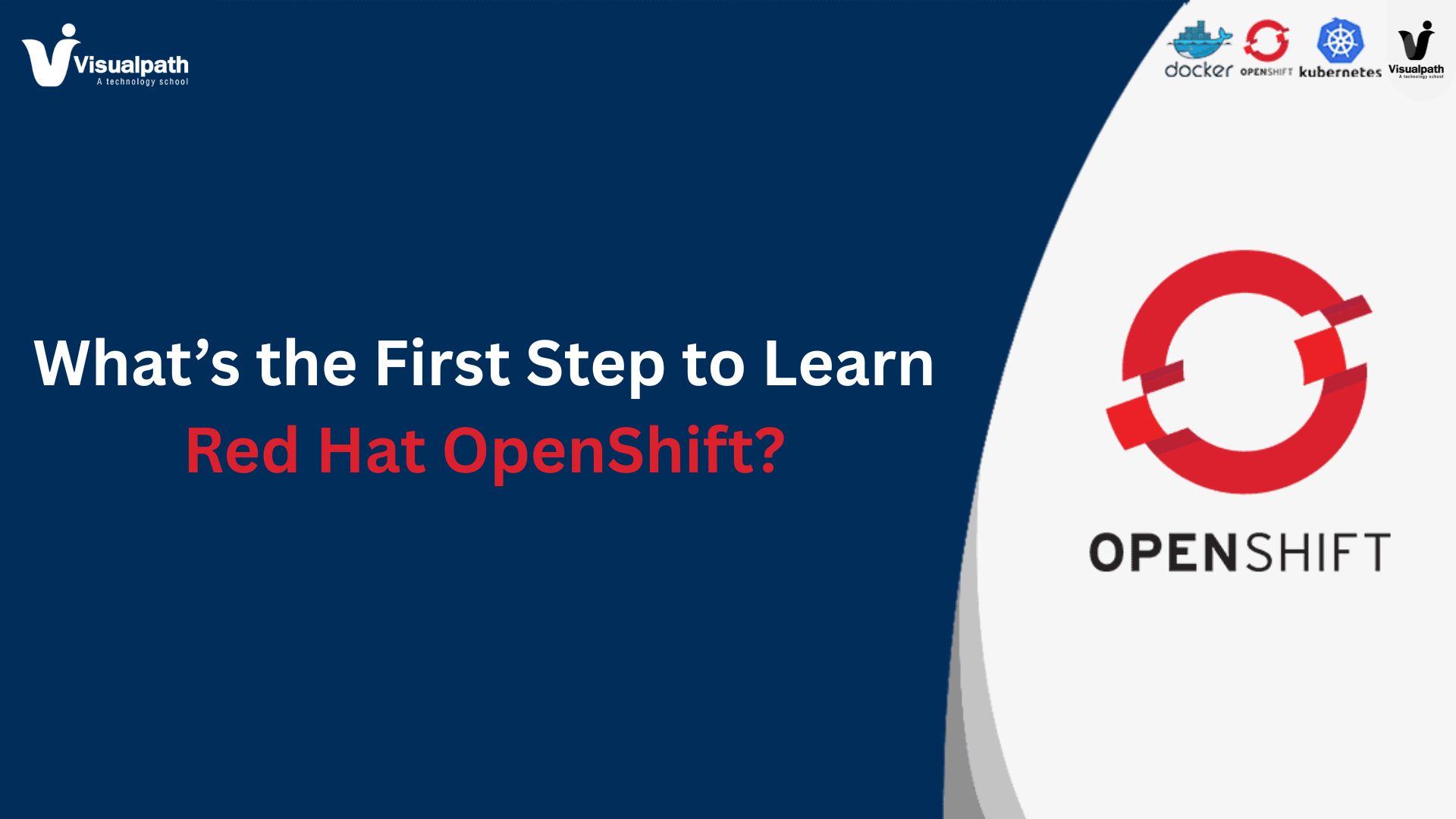What’s the First Step to Learn Red Hat OpenShift?
Introduction: Why Learn OpenShift Today?
OpenShift is fast becoming a critical skill for tech professionals looking to build, manage, and scale applications in cloud-native environments. It’s a Kubernetes-based platform developed by Red Hat that simplifies container orchestration while adding layers of enterprise-level security, automation, and monitoring. For professionals aiming to dive into DevOps or cloud engineering, gaining the expertise is no longer optional—it’s a valuable necessity. The most practical way to get started is by enrolling in OpenShift Online Training, which offers foundational guidance tailored to various experience levels.
Step One: Grasp the Core Technologies
Before diving into OpenShift itself, it’s essential to understand the ecosystem it operates in. At its core, OpenShift is built on Kubernetes, and anyone starting out should first be familiar with container technology—specifically Docker. Learn how containers work, how images are created, and how they can be deployed in isolated environments.
Once you’re comfortable with containers, the next step is understanding Kubernetes fundamentals—pods, services, deployments, and namespaces. These are directly transferable to OpenShift, which builds upon Kubernetes and enhances it with tools for developers, integrated CI/CD pipelines, and a secure environment for application deployment.
A great way to navigate through this complex stack is to explore a well-structured OpenShift Course Online. These online courses break down the architecture, user interface, and command-line tools in an accessible format. Most also offer practical assignments and sandbox environments, allowing learners to deploy real applications as they build confidence in their skills.
Practical Application: Learn by Doing
Learning OpenShift is more impactful when paired with practical application. Set up your own OpenShift environment or access a cloud-based sandbox where you can deploy sample projects. Try launching applications, setting up routes, scaling pods, and configuring secrets. This hands-on approach reinforces what you’ve learned in theory and builds real-world familiarity with the platform.
Advanced users can dive deeper by exploring how OpenShift integrates with CI/CD tools like Jenkins or Tekton, or how it supports monitoring through Prometheus and Grafana. You’ll also find value in learning about Operators, which help manage complex, stateful applications.
Instructor-led training programs, like OpenShift Training in Hyderabad, offer even more opportunities to apply your knowledge in a structured setting. These courses often include live projects, interview preparation, and mentorship—making them ideal for professionals who want to become job-ready as quickly as possible.
Build a Learning Strategy Around Real Goals
It’s easy to get overwhelmed when learning a new platform, so it’s essential to set realistic learning goals. Do you want to become certified? Are you preparing for a new job role? Tailor your learning path accordingly. Join OpenShift community forums to ask questions, exchange ideas, and stay updated on the latest developments.
Additionally, explore the Red Hat documentation and GitHub repositories. These resources often contain real-world examples, user guides, and troubleshooting tips that extend beyond course materials.
Contributing to open-source projects or writing blog posts about your learning experience can also deepen your understanding. Sharing what you learn not only reinforces your knowledge but also helps you build a professional presence in the OpenShift and DevOps communities.
Conclusion: Take the First Step Today
Learning OpenShift starts with understanding the ecosystem, gaining hands-on experience, and leveraging structured training programs. With its strong integration of Kubernetes and enterprise features, OpenShift is a platform that supports modern DevOps practices across industries. Whether you are new to cloud technologies or expanding your DevOps toolkit, starting with OpenShift opens the door to exciting opportunities in today’s tech-driven world.
TRENDING COURSES: Salesforce DevOps, AWS DATA ENGINEERING, CYPRESS




